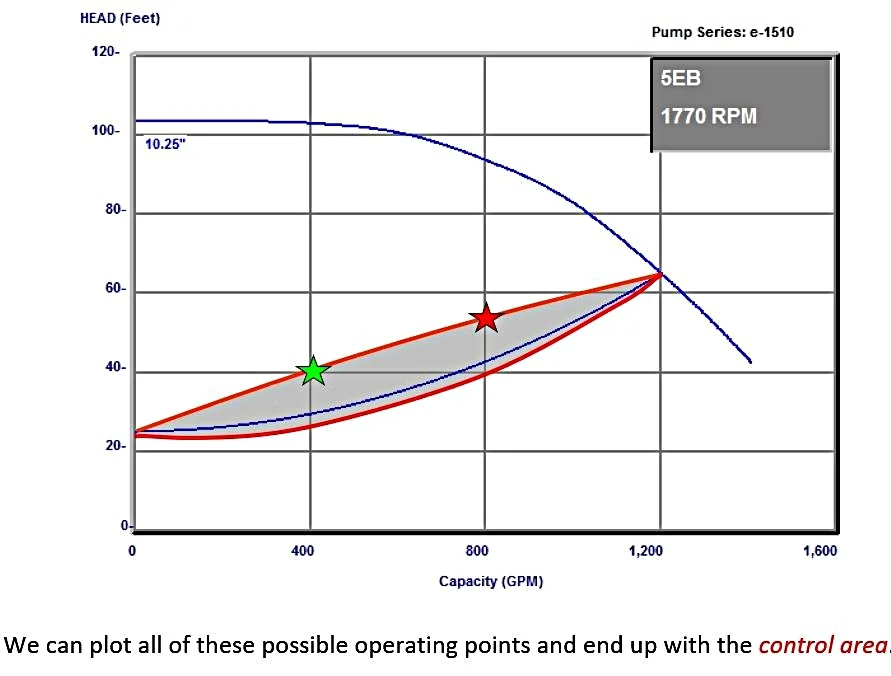Variable Speed Pump Control: How Variations in Demand Load Define the Control Area
/In our last blog, we showed you what happens in a variable speed system when load drops. For clarity, we chose an unrealistically simple example of a system with only one coil. Today we’re going to give our system a small dose of reality by incorporating multiple zones...
Read More





